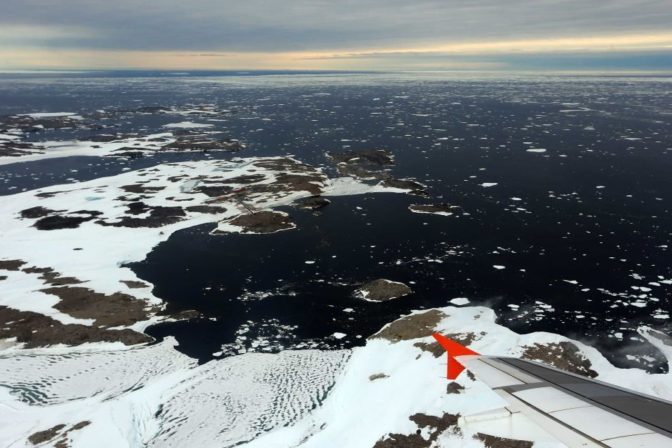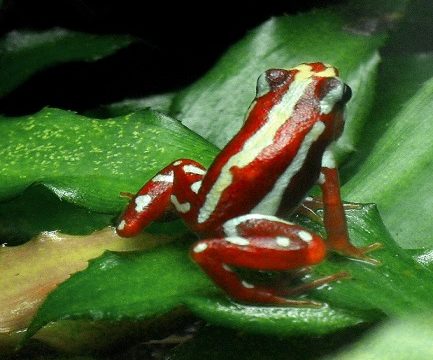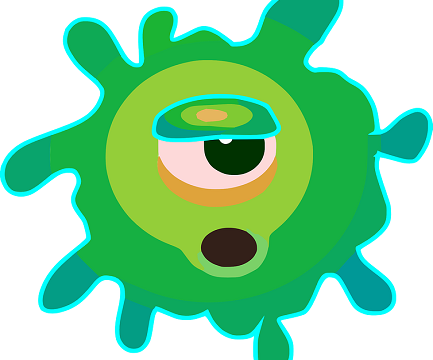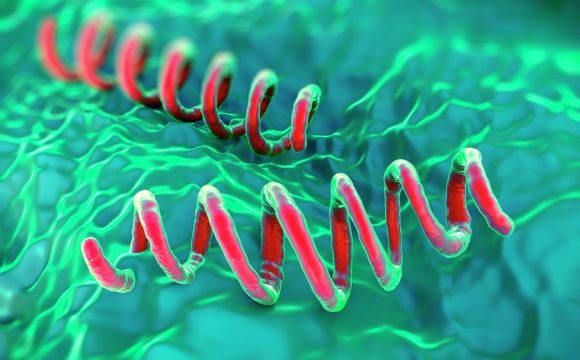Viruses are one unique group amongst all the living entities. The debate around whether they qualify as a living organism or not, for example, is the clear indication of the above statement. While it is true that they possess some genetic material but they do not show any property of living organisms (like reproduction or respiration) when they are all by themselves. However, when they come in contact with another living cell, a bacteria, for example, they infect it and begin to make multiple copies of themselves as seen in case of HIV which may end up giving AIDS to its human host. A yet another intriguing mystery surrounding viruses is with regards to their origins. Did they develop in association with a host cell or did they evolve independently? And in either case, how did this evolution occur? A study published in the journal Nature Microbiology offers some path-breaking insights.
A team of scientists from Australia has discovered a unique microbe at the Rauer Islands off the coast of Antarctica. The organism named as Halorubrum lacusprofundi R1S1 is an Archaeon. Archae constitutes a domain and kingdom of prokaryotic single-celled microorganisms and is distinct from bacteria. What makes this discovery so interesting is the fact that these microbes have in them plasmids which have genes very similar to that of a virus. A plasmid can be defined as a small, circular, double-stranded DNA molecule which is distinct from the chromosomal DNA of the cell but may contain genes that may play an important role like those conferring antibiotic resistance in bacteria. This Archae’s plasmid has been named as pR1SE.

(Source: www.abc.net.au)
This pR1SE plasmid contains genes that enable it to produce protective layers of lipid in the form of vesicles. This means that this particular plasmid may be able to escape this archaeon and find a new host on its own! Something viruses can do as well. This theory is referred to as an ‘escape hypothesis’ which makes the case that viruses evolved in the form of constituents (let’s say a plasmid) which escape from one cell into another and in this process acquired genes which enabled them to develop hard capsid shell rather than a soft vesicle. The abstract of the paper describes this as ‘The pR1SE mechanism of transfer of DNA could represent the predecessor of a strategy used by viruses to pass on their genomic DNA and fulfill roles in gene exchange, supporting a strong evolutionary connection between plasmids and viruses’.
The menacing nature of viral infection demands a deeper understanding of their functioning and exploring their origins is a profound way to throw light on this understanding. This unusual discovery serves a starting point for many more upcoming investigations in this field.
Reference:
Susanne Erdmann, Bernhard Tschitschko, Ling Zhong, Mark J. Raftery and Ricardo Cavicchioli (2017). A plasmid from an Antarctic haloarchaeon uses specialized membrane vesicles to disseminate and infect plasmid-free cells. Nature Microbiology.










